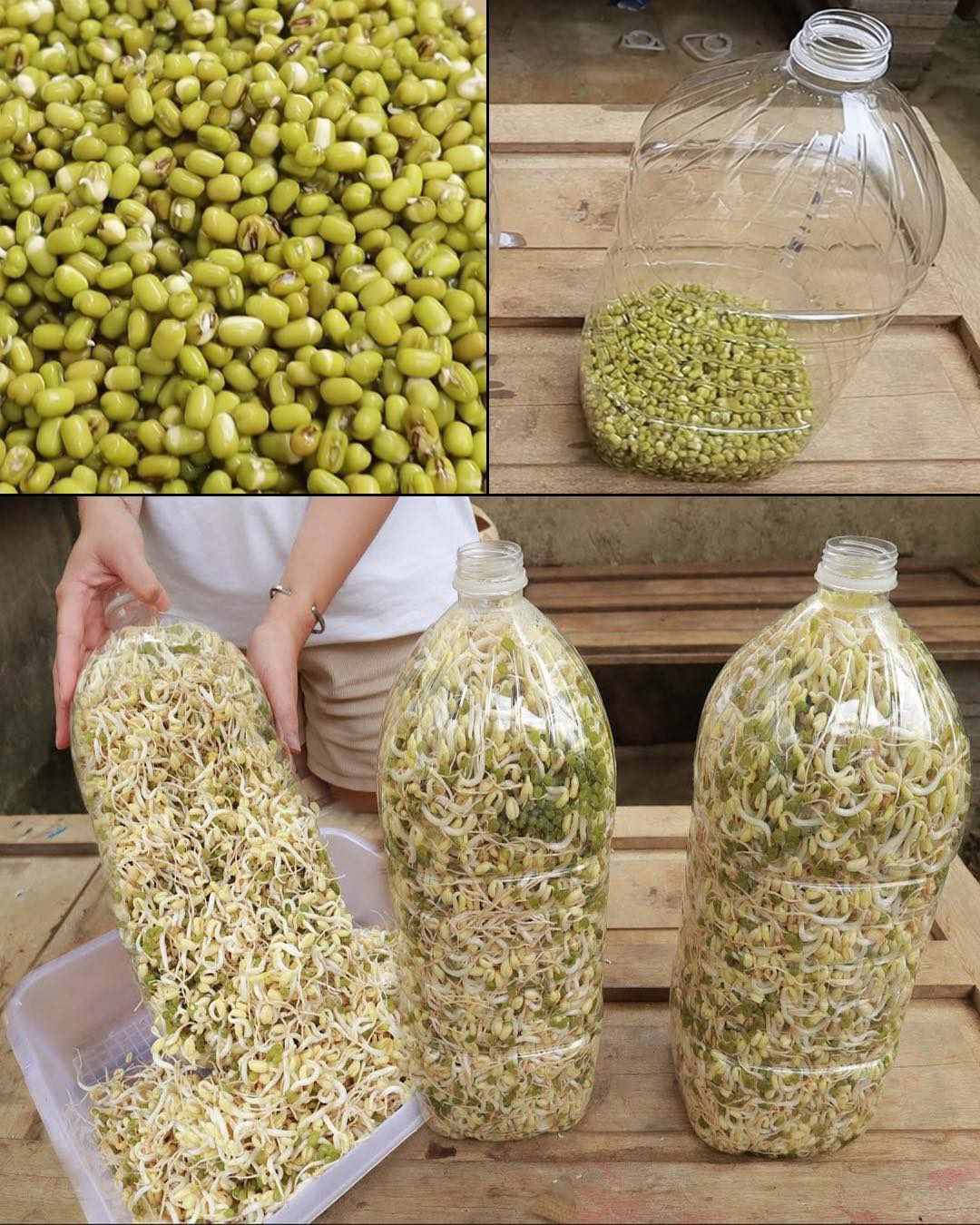HEALTH & LIFESTYLE
Growing Plump, White Bean Sprouts at Home Using Plastic Bottles: A Simple DIY Guide

Continue Reading
HEALTH & LIFESTYLE
Your Lungs Are Not In Good Condition if You Experience the Following
HEALTH & LIFESTYLE
4 Major Reasons Some People Die In Their Sleep
HEALTH & LIFESTYLE
Uterine Cancer: Stay Away From These 4 Things To Avoid The Risk Of Being A Victim
-

 SPORTS11 months ago
SPORTS11 months agoVolleyball: Les Bleus overturn Italy and join Poland in the Nations League semi-finals
-

 HEALTH & LIFESTYLE6 months ago
HEALTH & LIFESTYLE6 months agoHow to Get Rid of Head Lice Naturally:16 Remedies Work
-

 SPORTS9 months ago
SPORTS9 months agoFrom Heartbreak to Glory: How Spain’s Women 3×3 Basketball Team Clinched Silver in a Thrilling Olympic Journey
-

 SPORTS10 months ago
SPORTS10 months agoEuro 2024: Why the final will be particularly exciting
-

 SPORTS11 months ago
SPORTS11 months agoVasco Close to Announcing Return of “Trio of Youngsters” to the Club
-

 METRO6 months ago
METRO6 months agoThanks to this Nigerian herbalist, British colonialists in West Africa survived Malaria in the 1900s
-

 SPORTS9 months ago
SPORTS9 months agoKauli Vaast, the Tahiti prodigy crowned on “his” wave: “Even far from the coast, I could hear the audience singing”
-

 METRO10 months ago
METRO10 months agoOnly Those With High IQs Will Spot The Second Horse in This Head Scratching Optical Illusion



